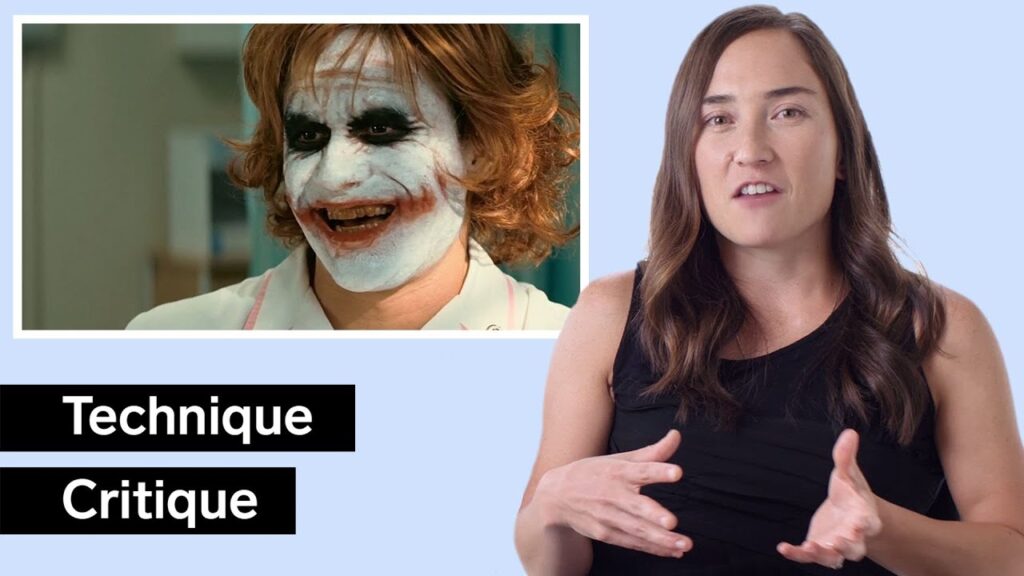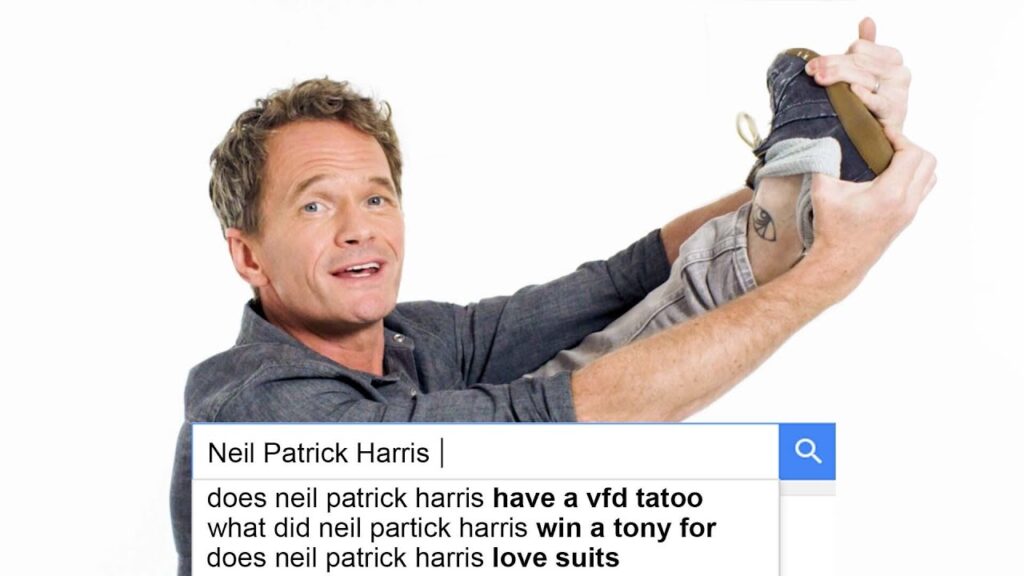Inaccuracies in Medical Portrayals in Movies and TV Shows
Summary
In this article, we discuss the inaccuracies in medical portrayals in movies and TV shows. The writer, a professional surgeon, points out various scenes that are portrayed inaccurately. They discuss the first rule of CPR, the removal of a patient’s appendix, agonal breathing, medical terms, the importance of backup during a code, and more.
Table of Contents
- CPR inaccuracies
- Surgery inaccuracies
- Medical scenarios
- Operating room inaccuracies
- Conclusion
CPR inaccuracies
The first rule of CPR is to never stop effective chest compressions to slap or yell at the patient. There are other methods to wake up a patient with neurological problems, such as pressing on the nail beds or rubbing on their sternum. Agonal breathing is a characteristic pattern of respiration in people about to die, but it is not as dramatic as shown in some scenes. Some medical terms used in the scenes are accurate, while others are not. It is important to have backup during a code, and removing excess furniture from the room can make extra room for personnel and equipment.
Surgery inaccuracies
The writer points out that only two people are needed to remove a patient’s appendix, and all hair needs to be removed before surgery. Hair removal with razors is not done in real life as it can lead to surgical site infections, and electric clippers are used instead. The common occurrence of foreign objects being stuck in patients’ rectums is also mentioned.
Medical scenarios
The writer discusses various medical scenarios depicted in movies and TV shows. They mention the use of adrenaline to restart a heart, the importance of time in treating heart issues, patient privacy violations, the danger of taking photos of anesthetized patients, the potential need for surgery to remove intestinal worms, the misconception that removing a bullet cures a gunshot wound, and the importance of fixing internal damage caused by a bullet. The writer emphasizes the importance of accuracy in medical portrayals and the potential consequences of inaccurate information.
Operating room inaccuracies
The depiction of operating room galleries and the fashion of surgeons are not accurate. Patients are not usually aware during surgeries, and their eyelids are taped shut to prevent corneal abrasions. Emergency tracheotomies may not always be helpful in choking patients.
Conclusion
In conclusion, the writer emphasizes the importance of accuracy in medical portrayals in movies and TV shows. They point out various inaccuracies in CPR, surgeries, medical scenarios, and operating rooms. It is important to educate the public accurately about medical procedures and scenarios to prevent misinformation and potential harm.







